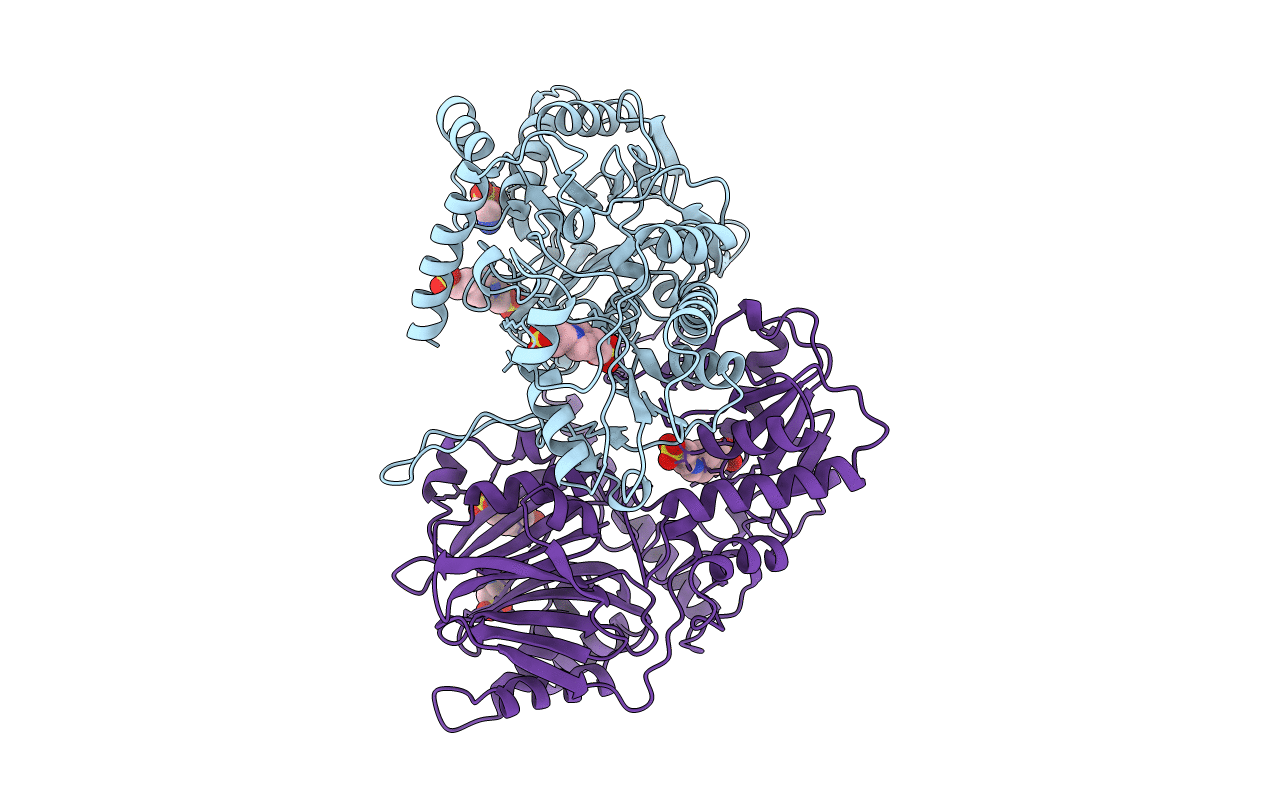
Deposition Date
1996-04-23
Release Date
1996-11-08
Last Version Date
2024-12-25
Entry Detail
PDB ID:
1ECF
Keywords:
Title:
ESCHERICHIA COLI GLUTAMINE PHOSPHORIBOSYLPYROPHOSPHATE (PRPP) AMIDOTRANSFERASE
Biological Source:
Source Organism:
Escherichia coli (Taxon ID: 562)
Host Organism:
Method Details:
Experimental Method:
Resolution:
2.00 Å
R-Value Free:
0.23
R-Value Work:
0.17
R-Value Observed:
0.17
Space Group:
C 2 2 21


